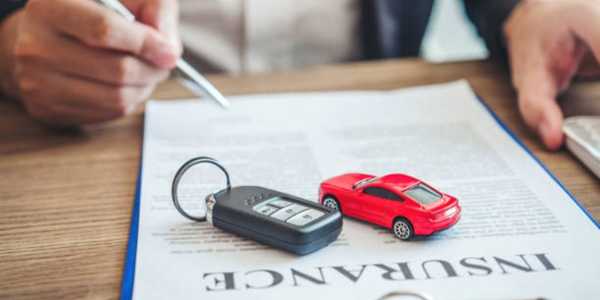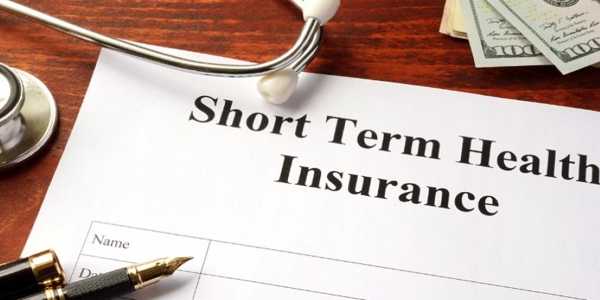Car Insurance for High-risk Drivers: Tips and Options
Many people rely on driving for daily needs, but not all drivers pay the same for car insurance. If you’re labeled a “high-risk driver,” you may face higher costs or denial of coverage. That label may seem unfair, but knowing how to work and shop around it can save you money — and your sanity. Here’s what high-risk car insurance is, why you may be considered high-risk, and how to get coverage that suits you.
Who Is a “High-Risk Driver”?
Insurance companies evaluate the level of risk you pose, for example, your driving history, age, location and more. A high-risk driver is a driver whom insurers believe is more likely to file a claim. This categorization can trigger higher premiums or refusal of cover from mainstream insurers. Standard reasons for high-risk categorisation include:

Several traffic violations (speeding, DUI, reckless driving).
Fault accidents in the past three to five years.
Financial instability leads to gaps in insurance coverage.
Youth (teen drivers, again, are statistically more dangerous).
Passion(s) with questionable performance of late (in certain states, insurance rates are impacted by credit).
In some cases, if you meet one or more of these circumstances, insurers may put you in a high-risk pool or require you to have special coverage.
Car Insurance for High-Risk Drivers: Coverage Types
Insurance isn’t all alike. To do that, high-risk drivers must weigh cost versus coverage. Here’s an explanation of different types of coverage:
Liability Coverage
This is required in most states and covers damage you cause to others. It’s the least you could do but won’t cover your own ride. For drivers who are high-risk, liability-only insurance tends to be more affordable but it is the minimum coverage that you can have for the car damage.
Full Coverage
Full coverage is a car insurance term that includes liability, collision and comprehensive insurance. Collision coverage covers damage to your car from crashes, while comprehensive coverage protects against non-collision events (theft, vandalism, and natural disasters). High-risk policies — which are required for drivers with a poor driving record, DUIS, multiple accidents or a conviction in the past few years — can cost 233% more than standard coverage, but it’s something to think about if you have a new or financed car.
Coverage for Uninsured and Underinsured Motorists
This covers you if you are hit by a driver who does not have insurance or does not have enough coverage. The higher than average number of risky drivers also increases the likelihood touchers will meet unsafe road users, so this add-on is well worth having.
–Check with your insurance carrier to see if you have Medical Payments (MedPay) or Personal Injury Protection (PIP) at your disposal.
Here’s what these coverages pay for, for you and your passengers, regardless of who’s at fault: They are essential for higher-risk drivers who have increased likelihoods of accidents.

How Long Will You Be High-Risk?
The good news: high risk isn’t permanent. Drivers are typically re-evaluated by most carriers every 3–5 years. Violations such as DUIS generally remain on your record for seven years, but you can steadily improve your driving profile to lower that risk.
How to Cut Costs for High-Risk Insurance
High-risk drivers, don’t think you’re stuck paying those high auto insurance rates. There are options for reducing your costs:
Shop Around Annually
Rates differ significantly among insurers. Get quotes from high-risk driver corporation in your location also recognized as non-standard providers.
Defensive driving lessons
Taking an approved course can show responsibility and could even get you discounts. Some states even require these classes for drivers with infractions.
Improve Your Credit Score
If you live in a state that allows insurers to factor credit into your insurance rates, raising your score can reduce your premiums. Make payments on time and decrease debt.
Bundle Policies
Your car, home or renters’ policy can also often win you a discount from the same provider.
Increase Deductibles
Choosing a high deductible (the amount you pay before insurance starts to chip in) reduces monthly costs. Just make sure that if you file a claim, you can cover the deductible.
Avoid Lapses in Coverage
Even a brief absence raises red flags. If you can’t afford a basic policy, you may need a liability-only or state minimum insurance for a short period.
What to Do After an Accident
“Their claims are subject to a lot of underwriting scrutiny,” said Hunter, of high-risk drivers. If you are made a settlement offer, don’t accept the first offer. Review medical bills, repair estimates and future costs to then negotiate a fairer deal.
Switching Back to Regular Insurance
When you get your driving record in better shape, you can go look for normal policies proactively. Keep a clean record for a minimum of three years, and then shop around to compare rates.
Finding the Right Provider
High-risk drivers aren’t always treated the same way by all insurance companies. Look for companies with:
Transparent pricing.
Safe driving or policy bundling discounts.
Customer service: Positive reviews for customer service.

Finding Your Way to Affordable Coverage
Just because you are a high-risk driver, that does not mean you have to pay high rates. By researching your choices, adopting better habits and shopping with the right strategy, you can find coverage that protects both your safety and your wallet. Be patient and drive safely, and revisit your insurance needs annually to see whether you can bag a better deal elsewhere.



